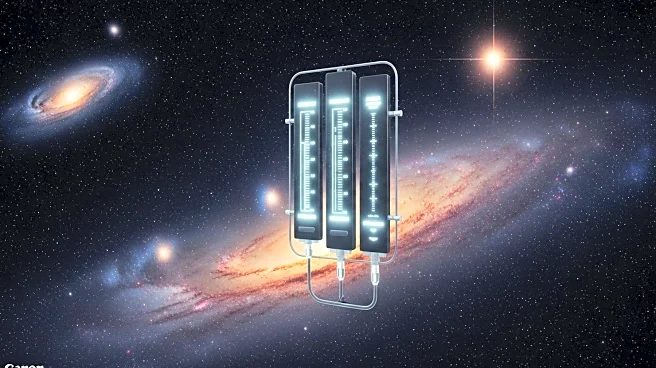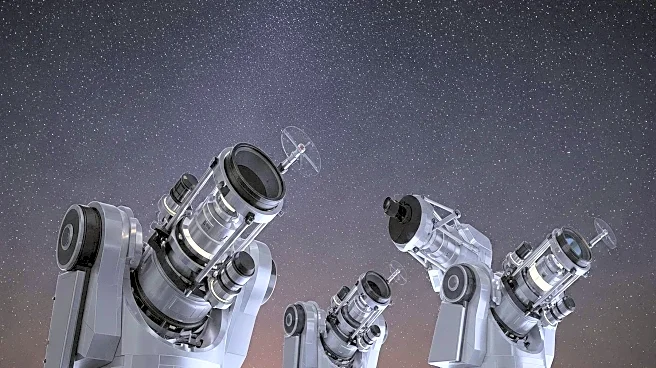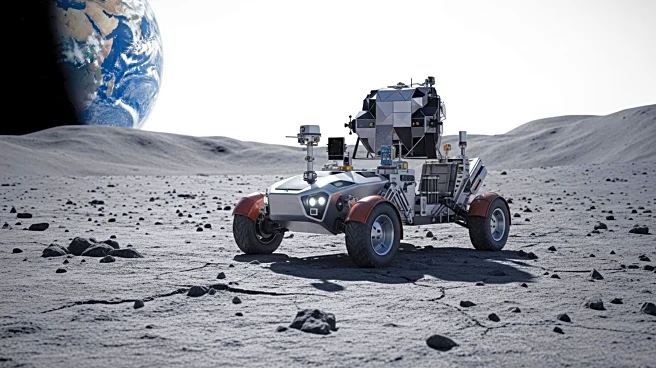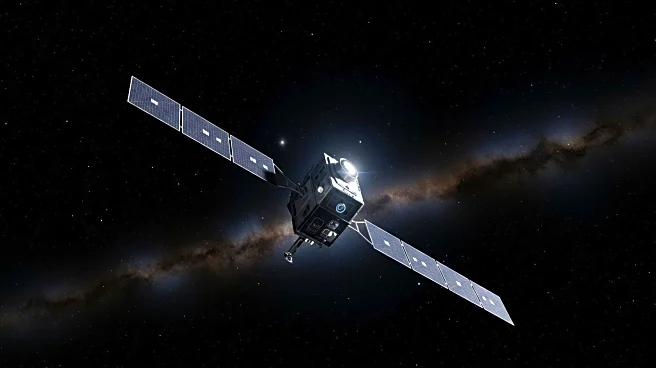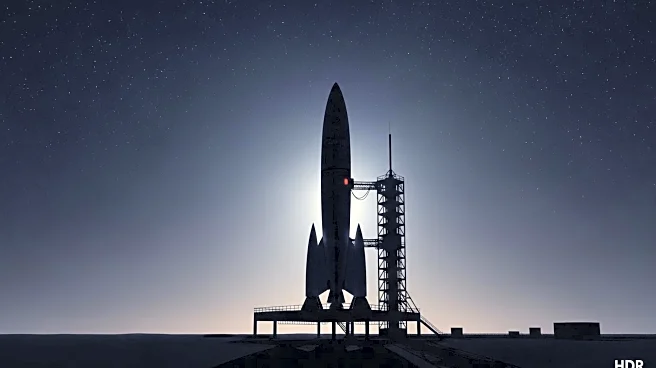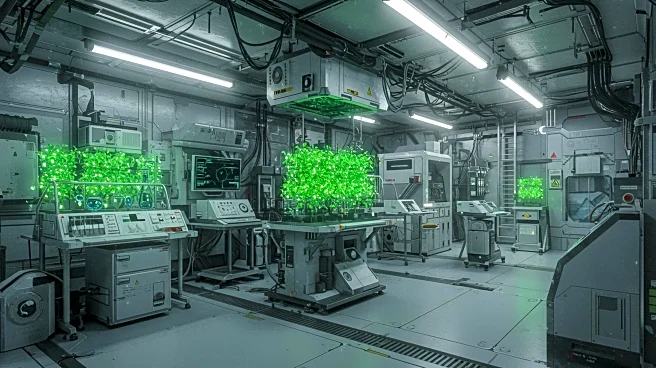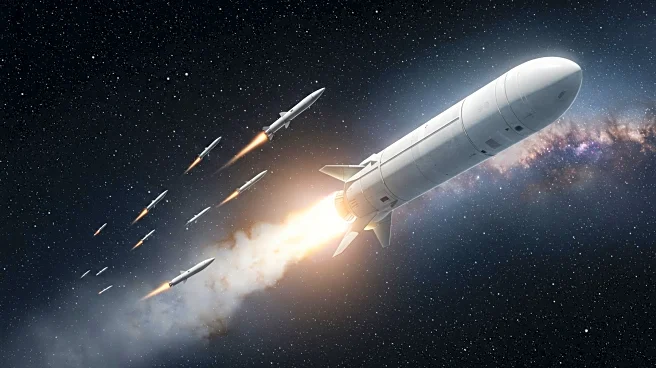What's Happening?
The challenges of measuring liquid levels in space are being addressed through innovative engineering methods. Traditional concepts of liquid measurement are impractical in microgravity, where surface tension and capillary action dominate fluid behavior. Engineers have developed methods such as the pressure-volume-temperature (PVT) method and electrical capacitance volume sensing (ECVS) to estimate fluid volumes in spacecraft tanks. These techniques are crucial for managing propellant levels in satellites and deep-space probes.
Why It's Important?
Accurate measurement of liquid levels in space is vital for the success of long-duration missions and the safety of crewed flights. These methods allow for efficient use of propellants, reducing the need for ullage burns and conserving resources. As space exploration advances, these technologies will play a key role in ensuring mission reliability and extending the operational life of spacecraft.
Beyond the Headlines
The development of these measurement techniques highlights the complexity of space engineering and the need for continuous innovation. As space missions become more ambitious, the ability to accurately gauge liquid levels will be essential for mission planning and execution. This research contributes to the broader understanding of fluid dynamics in microgravity environments.
